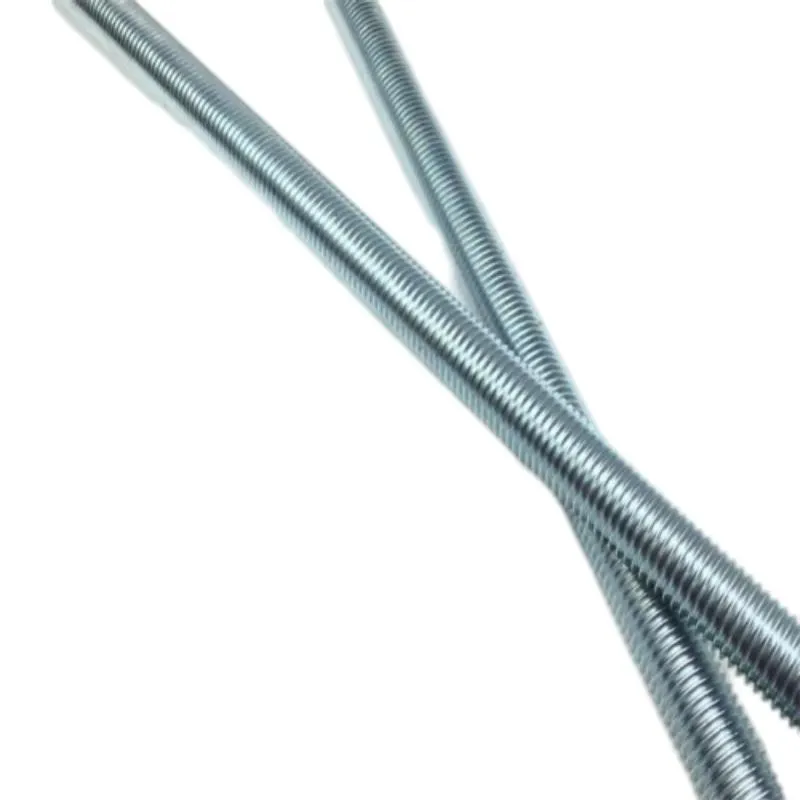Nov . 20, 2024 08:04 Back to list
screwed rod sizes
Understanding Screwed Rod Sizes A Comprehensive Guide
Screwed rods, also known as threaded rods or studs, play a crucial role in various applications across multiple industries, from construction and manufacturing to automotive and aerospace. These versatile fasteners feature external threads along their entire length, allowing them to serve as anchors, bolts, or tie rods. Understanding screwed rod sizes is essential for engineers, builders, and DIY enthusiasts to ensure compatibility and effectiveness in their projects.
When we talk about screwed rod sizes, we refer primarily to two measurements diameter and length, both of which are essential for determining the rod's strength and suitability for a given application.
Diameter Measurement
Screwed rods come in various diameters, typically measured in inches or millimeters. The size of the diameter is crucial as it directly influences the rod's tensile strength; larger diameters can handle greater loads. Common standard sizes include ¼ inch, ⅜ inch, ½ inch, and up to 2 inches in the imperial system. For metric systems, sizes range from M6 (6mm) to M30 (30mm) or larger.
The diameter chosen also affects the type and size of nuts and washers needed to secure the rod. Therefore, when selecting a screwed rod, one must also consider the compatibility with other fastening components to achieve a secure fit.
Length Considerations
The length of screwed rods can vary significantly depending on the intended application. Standard lengths can range from a few inches to several feet. It's important to select a length that accommodates the specific requirements of the assembly without any excess to minimize potential weaknesses or complications in installation.
screwed rod sizes

For custom applications, many suppliers offer cut-to-length services, allowing users to specify the needed length for their unique projects. When determining the desired length, it’s essential to account for the space available and any additional components, such as brackets or fixtures, that the rod will need to interact with.
Threading Standards
In addition to diameter and length, the type of thread on screwed rods is another critical factor. There are different threading standards, including Unified National Thread (used primarily in the USA) and Metric Thread (used internationally). Additionally, threads can be coarse or fine, impacting how well they grip and how much force they can handle.
Material Selection
Screwed rods are made from various materials, each suitable for different environments and load requirements. Common materials include stainless steel for corrosion resistance, carbon steel for strength, and specialized alloys for high-performance applications. The choice of material also affects the rod's diameter and length specifications due to strength properties and weight considerations.
Conclusion
In summary, understanding screwed rod sizes entails a comprehensive approach that includes measuring diameter and length, considering threading standards, and selecting appropriate materials. Proper knowledge of these factors ensures the effective application of fasteners in any project, enhancing structural integrity and safety. Whether you are a professional engineer or a DIY hobbyist, recognizing the importance of these specifications is crucial for successful outcomes in your endeavors.


